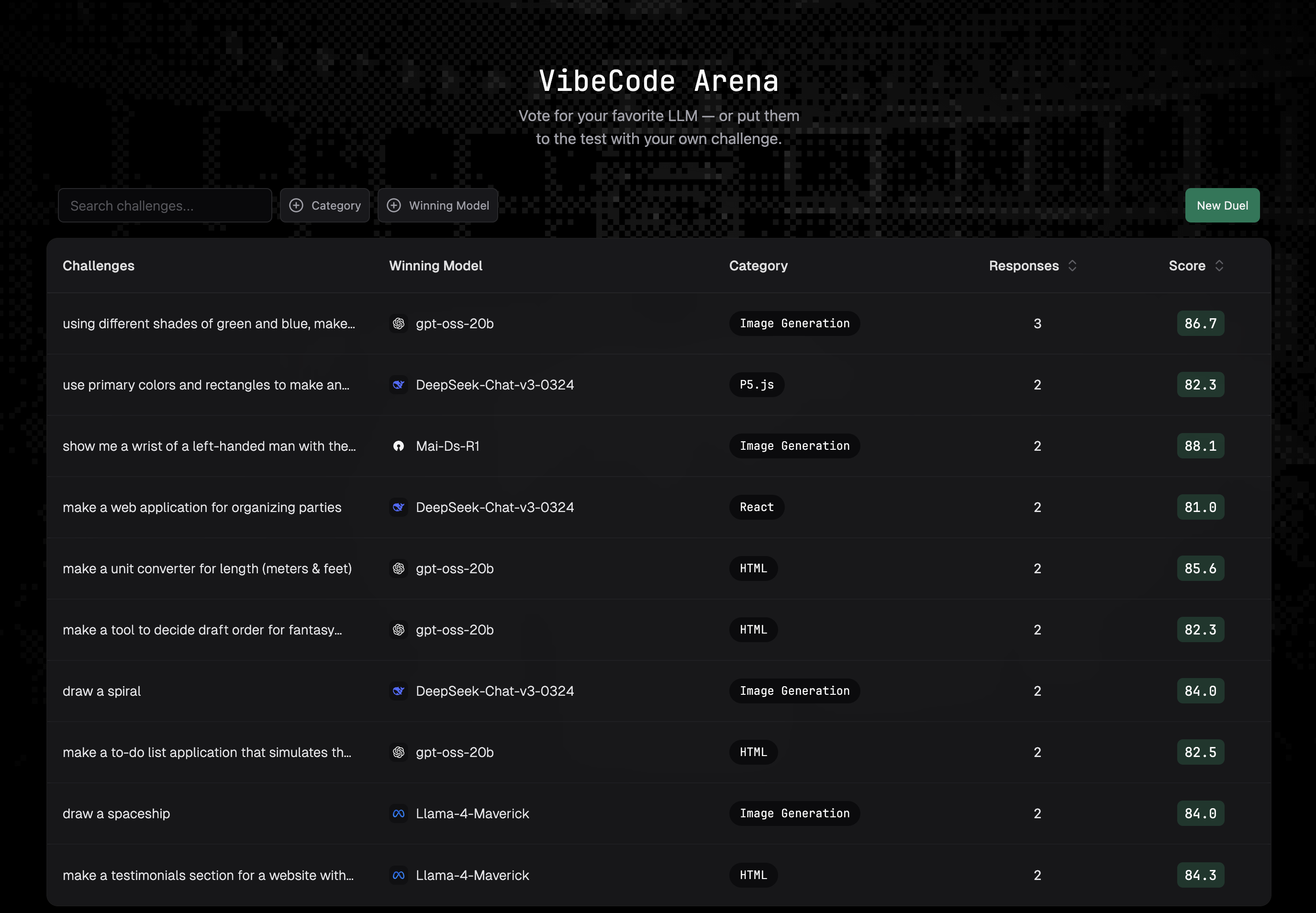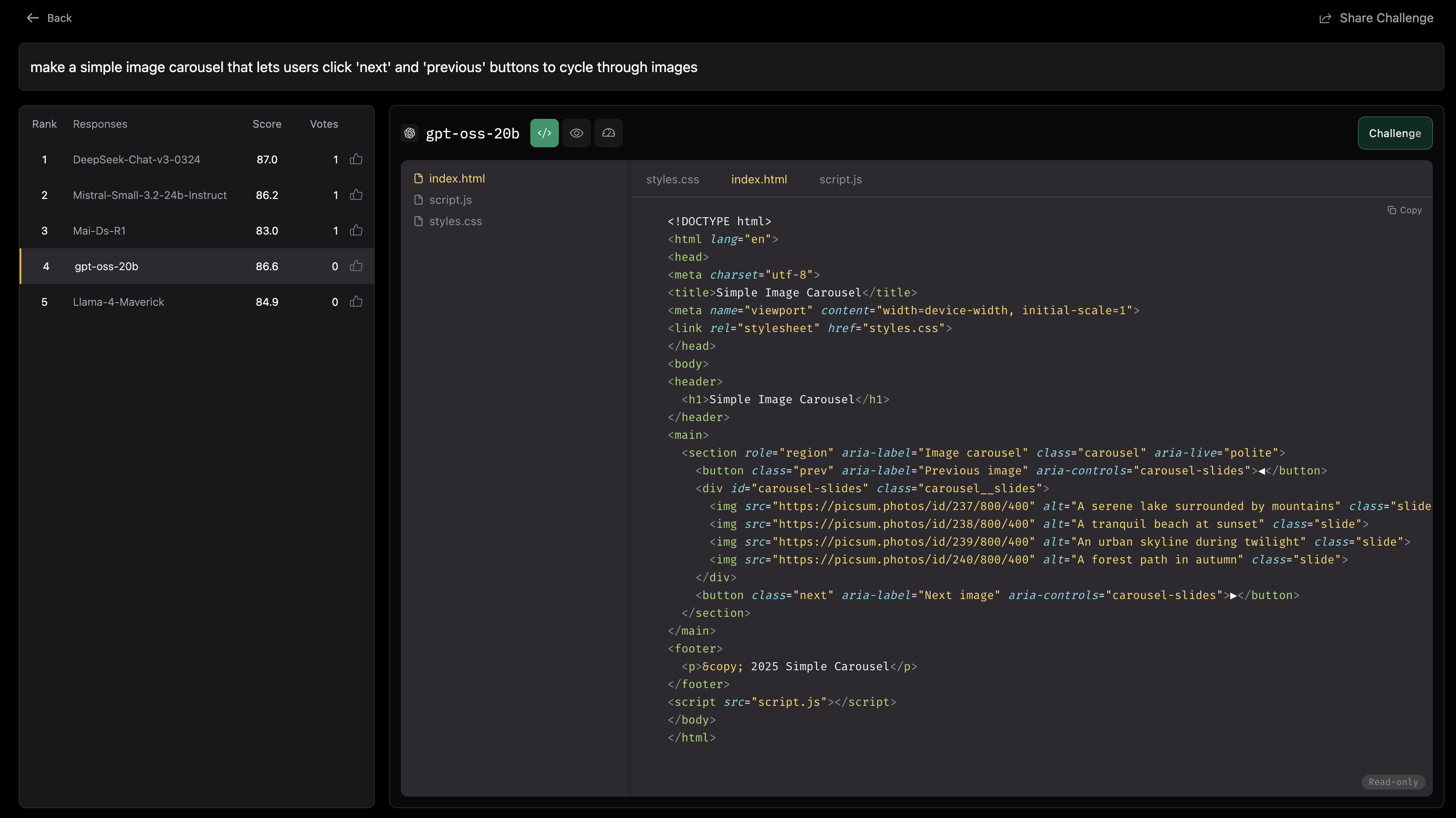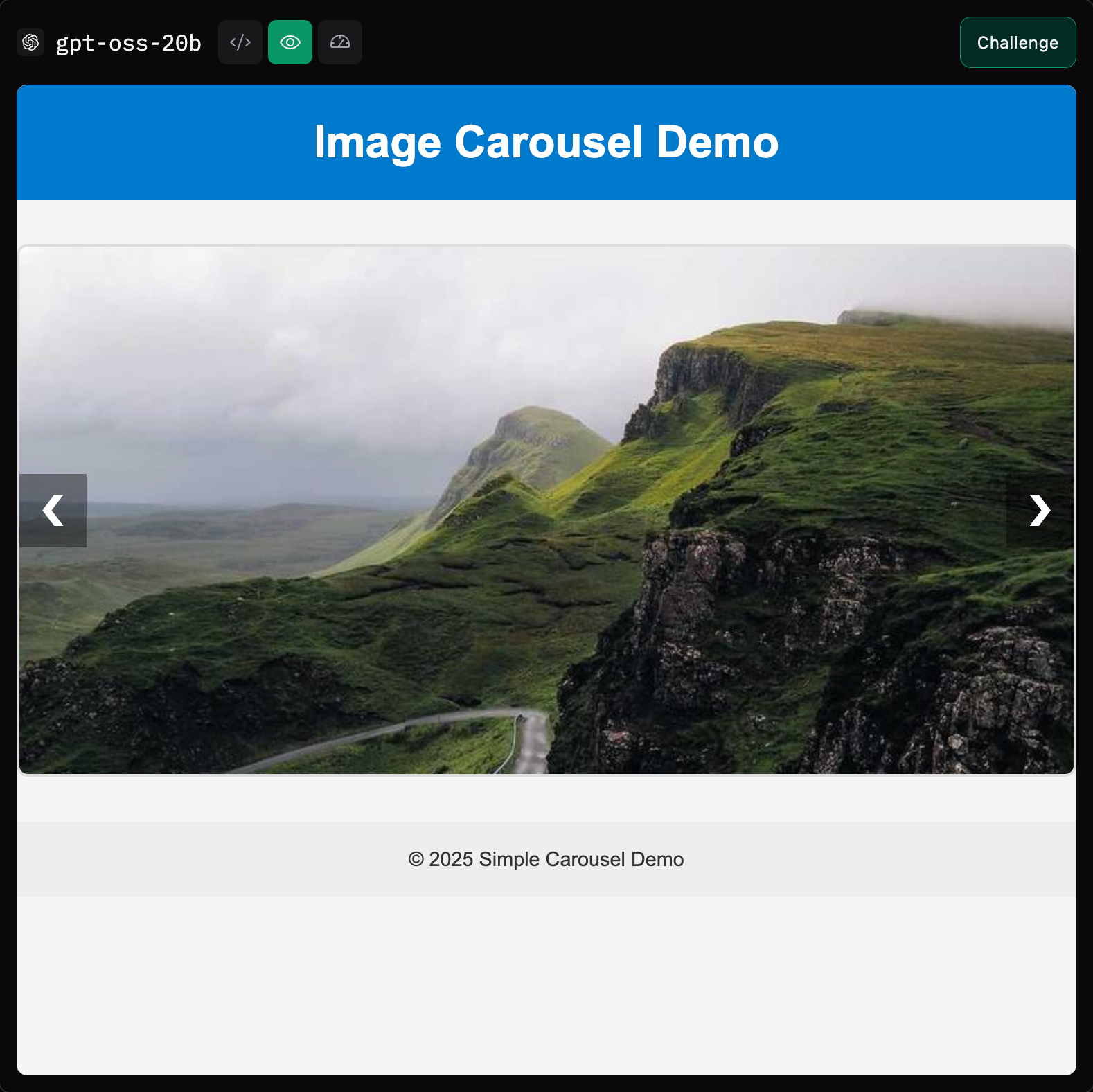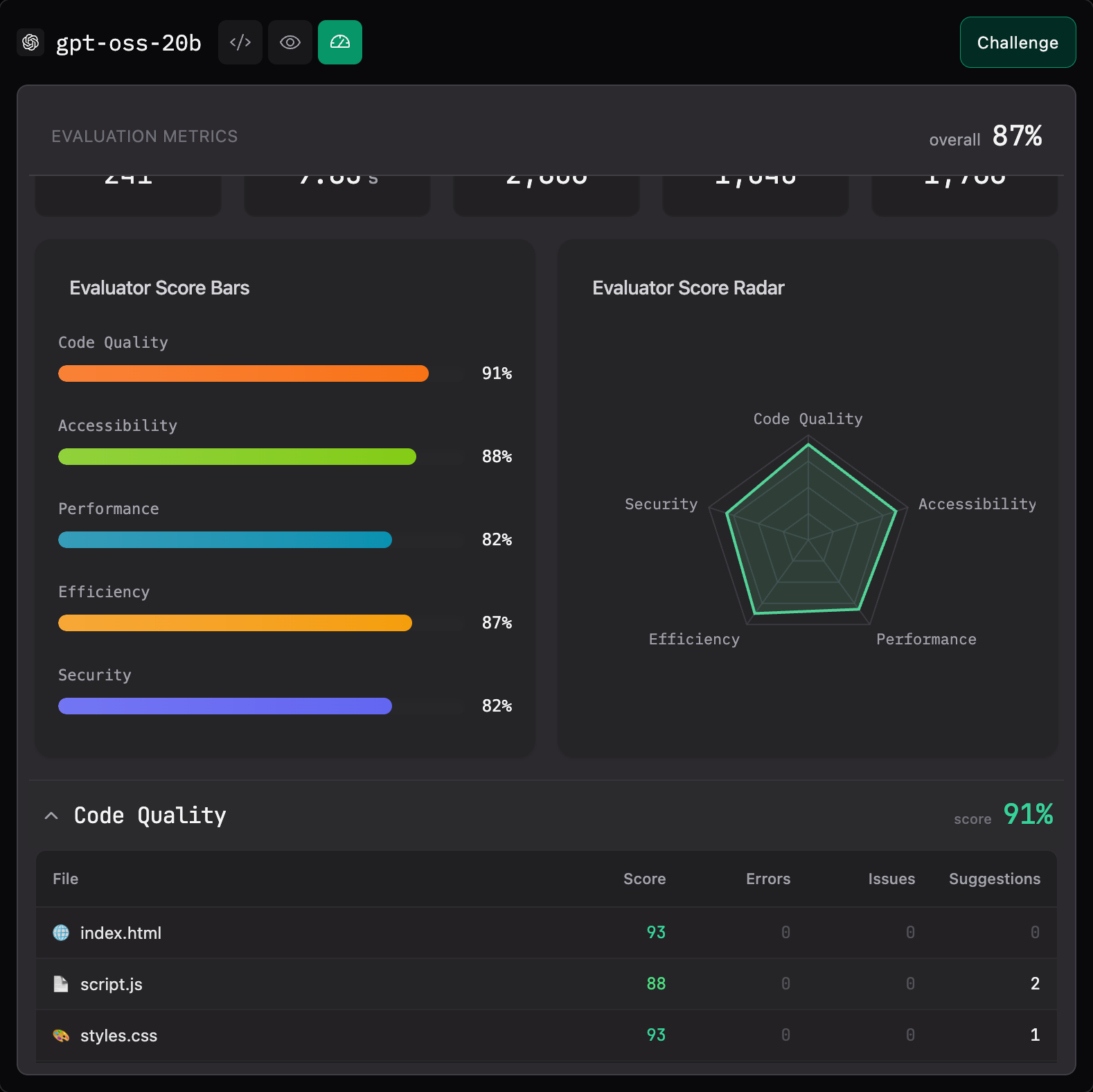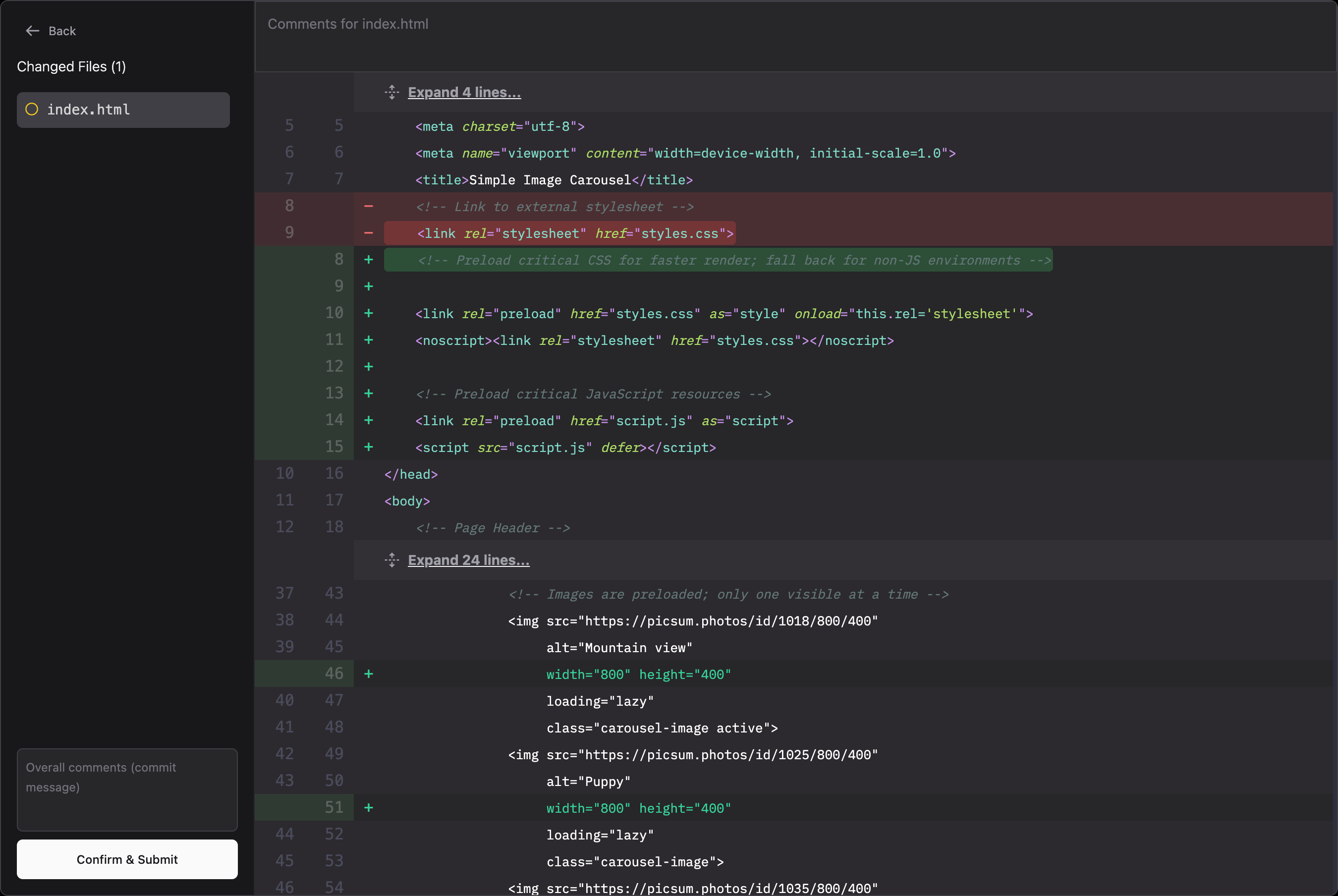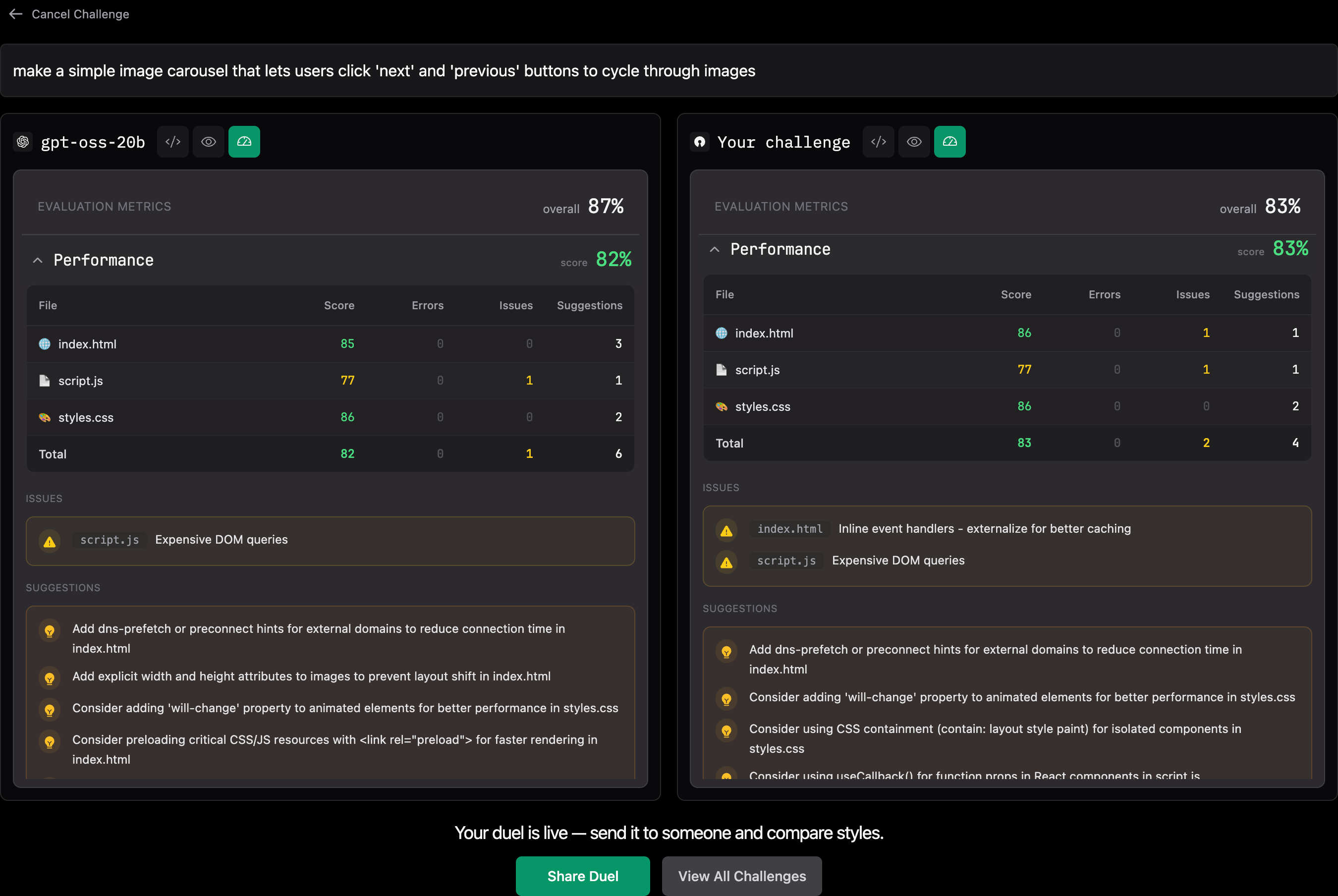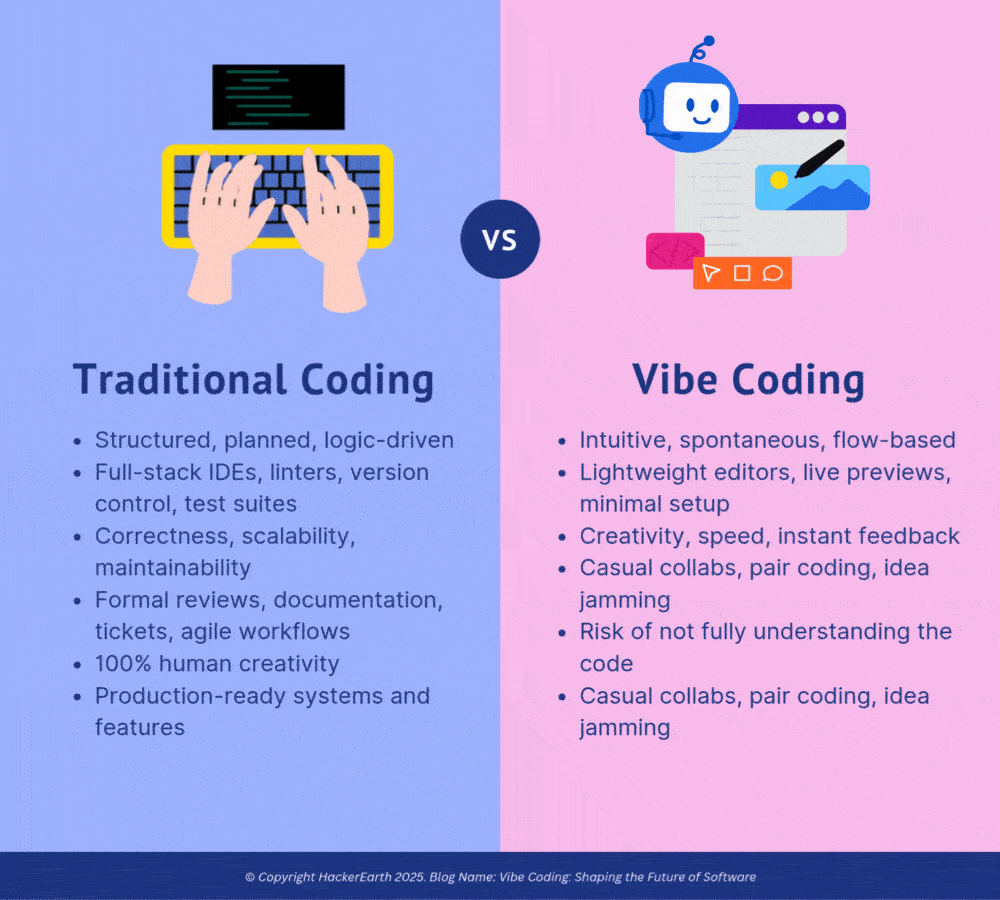Hiring the right talent is critical, especially in technology-driven roles where technical expertise and problem-solving skills are non-negotiable. Traditional hiring methods, such as resume screenings or unstructured interviews, often fail to measure a candidate’s real abilities. This is where pre-employment skills assessments shine. Let’s explore their top advantages and why they are indispensable for modern recruiters.
In a traditional hiring process, candidates typically submit a resume, followed by an interview where hiring managers assess both technical and soft skills through questions. While this approach can offer some insight, it’s often subjective and dependent on the individual’s performance in the interview setting. Pre-employment skill assessments introduce an additional layer of objectivity to the process. They are typically administered before or during the interview stages, ensuring that candidates are tested on their actual skills rather than their ability to interview well.
For example, in tech hiring, pre-employment skill assessments often start with a coding test to evaluate a candidate's programming proficiency in languages like Java, Python, or C++. This coding test can be followed by an interview to assess communication and problem-solving abilities.
Consider a software company hiring for a back-end developer role. Instead of solely relying on interviews, the company may use HackerEarth to create a pre-employment assessment that includes tasks like designing scalable APIs or working through a database optimization problem. By the time the candidate reaches the interview, the hiring team already has a clear understanding of their technical strengths and weaknesses, making the interview process more targeted and efficient.
These assessments often take place early in the recruitment cycle, allowing recruiters to quickly filter out candidates who lack the necessary skills and focus their time on those who have the potential to succeed in the role. This skills-first approach ensures a faster, more precise hiring process, reducing the risk of making poor hiring decisions based on subjective impressions alone.
For example, in tech hiring, platforms like HackerEarth can test candidates on coding proficiency, debugging, or database management through customized coding challenges. These assessments give recruiters a clear view of a candidate’s expertise without relying on self-reported abilities.
Real-world impact: Companies using skills assessments reduce hiring errors by 30%, ensuring only qualified candidates advance through the process.
Illustration: Imagine hiring for a front-end developer role. A pre-employment test can evaluate knowledge of React, CSS, and JavaScript, helping recruiters shortlist top candidates in hours instead of days. This reduces the time-to-hire while ensuring that only skilled professionals are considered for interviews.
With HackerEarth, recruiters save up to 40% of their time by leveraging ready-to-use question libraries and automated grading systems that provide instant feedback.
Example: A global SaaS company recently incorporated HackerEarth’s coding assessments into its hiring process. Feedback revealed that 87% of candidates appreciated the opportunity to demonstrate their skills in a practical context rather than rely solely on resume qualifications.
HackerEarth also allows remote testing, enabling candidates to participate from anywhere, which is especially valuable in a world where remote work is becoming the norm.
For instance, a candidate applying for a DevOps role might be assessed on their ability to set up CI/CD pipelines or troubleshoot deployment issues. These insights ensure recruiters make informed decisions based on performance rather than assumptions.
With platforms like HackerEarth, organizations can build skill-first hiring processes that identify the best talent quickly, fairly, and accurately—empowering teams to thrive in today’s competitive job market. If your tech team is ready to use pre-employment assessments to hire top tech talent, then a demo of our services might help.
What are pre-employment skill assessments and where do they fit into the traditional hiring process?
Pre-employment skill assessments are structured evaluations designed to measure a candidate’s ability in specific areas related to the job they’re applying for. These tests can range from coding challenges, problem-solving tasks, and personality assessments to soft skills evaluations. Unlike traditional methods, which focus on resumes and interviews, skill assessments give employers a tangible, objective measure of a candidate’s capabilities.In a traditional hiring process, candidates typically submit a resume, followed by an interview where hiring managers assess both technical and soft skills through questions. While this approach can offer some insight, it’s often subjective and dependent on the individual’s performance in the interview setting. Pre-employment skill assessments introduce an additional layer of objectivity to the process. They are typically administered before or during the interview stages, ensuring that candidates are tested on their actual skills rather than their ability to interview well.
For example, in tech hiring, pre-employment skill assessments often start with a coding test to evaluate a candidate's programming proficiency in languages like Java, Python, or C++. This coding test can be followed by an interview to assess communication and problem-solving abilities.
Real-world example:
Consider a software company hiring for a back-end developer role. Instead of solely relying on interviews, the company may use HackerEarth to create a pre-employment assessment that includes tasks like designing scalable APIs or working through a database optimization problem. By the time the candidate reaches the interview, the hiring team already has a clear understanding of their technical strengths and weaknesses, making the interview process more targeted and efficient.
These assessments often take place early in the recruitment cycle, allowing recruiters to quickly filter out candidates who lack the necessary skills and focus their time on those who have the potential to succeed in the role. This skills-first approach ensures a faster, more precise hiring process, reducing the risk of making poor hiring decisions based on subjective impressions alone.
Benefits of using pre-employment assessments in tech hiring
1. Objective evaluation of skills
Pre-employment assessments provide an unbiased way to measure a candidate’s technical and non-technical skills. Unlike resumes, which are often embellished, or interviews that rely on subjective impressions, skills tests allow recruiters to assess candidates based on actual performance.For example, in tech hiring, platforms like HackerEarth can test candidates on coding proficiency, debugging, or database management through customized coding challenges. These assessments give recruiters a clear view of a candidate’s expertise without relying on self-reported abilities.
Real-world impact: Companies using skills assessments reduce hiring errors by 30%, ensuring only qualified candidates advance through the process.
2. Improved hiring efficiency
Screening hundreds of resumes can be time-consuming and unproductive, especially when many candidates lack the required skills. Skills assessments streamline this process by automatically filtering candidates based on performance.Illustration: Imagine hiring for a front-end developer role. A pre-employment test can evaluate knowledge of React, CSS, and JavaScript, helping recruiters shortlist top candidates in hours instead of days. This reduces the time-to-hire while ensuring that only skilled professionals are considered for interviews.
With HackerEarth, recruiters save up to 40% of their time by leveraging ready-to-use question libraries and automated grading systems that provide instant feedback.
3. Better candidate experience
Candidates value transparency and fairness in hiring. Pre-employment assessments ensure that every applicant is judged on the same criteria, creating a level playing field. Additionally, modern platforms offer engaging and job-relevant challenges, making the experience enjoyable and reflective of real work scenarios.Example: A global SaaS company recently incorporated HackerEarth’s coding assessments into its hiring process. Feedback revealed that 87% of candidates appreciated the opportunity to demonstrate their skills in a practical context rather than rely solely on resume qualifications.
HackerEarth also allows remote testing, enabling candidates to participate from anywhere, which is especially valuable in a world where remote work is becoming the norm.
4. Data-driven hiring decisions
Pre-employment assessments generate detailed analytics, providing recruiters with actionable insights about each candidate’s strengths, weaknesses, and potential fit for the role. Metrics like code efficiency, problem-solving approach, and adaptability can be tracked, offering a comprehensive view of a candidate's capabilities.For instance, a candidate applying for a DevOps role might be assessed on their ability to set up CI/CD pipelines or troubleshoot deployment issues. These insights ensure recruiters make informed decisions based on performance rather than assumptions.
The role of HackerEarth in pre-employment assessments
HackerEarth enables organizations to adopt a skills-first hiring philosophy by providing industry-leading tools for creating and administering pre-employment assessments.- Comprehensive assessment options: Recruiters can choose from coding tests, debugging tasks, database challenges, and domain-specific evaluations tailored to various roles.
- Customizable tests: Companies can craft assessments that reflect the actual tasks candidates will handle, making hiring both relevant and effective.
- Bias-free evaluation: HackerEarth’s automated grading ensures consistent and objective scoring, helping eliminate unconscious bias from the hiring process.
With platforms like HackerEarth, organizations can build skill-first hiring processes that identify the best talent quickly, fairly, and accurately—empowering teams to thrive in today’s competitive job market. If your tech team is ready to use pre-employment assessments to hire top tech talent, then a demo of our services might help.








